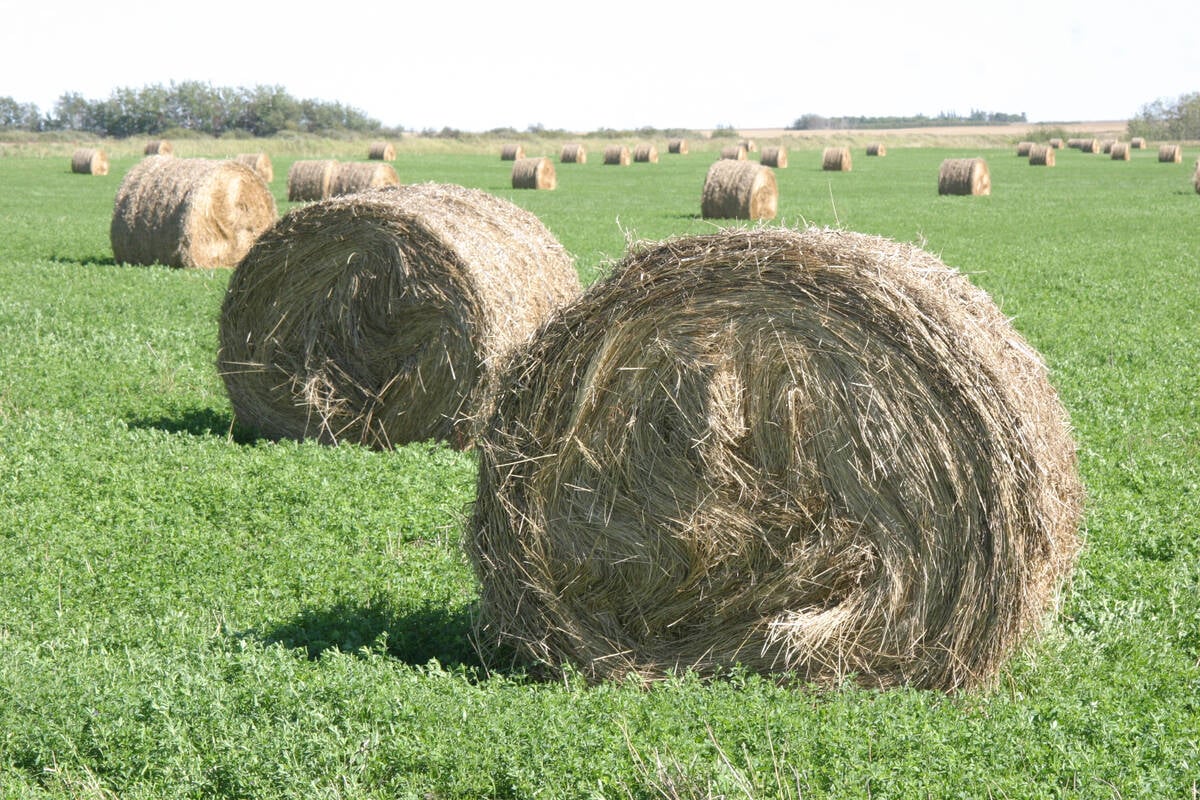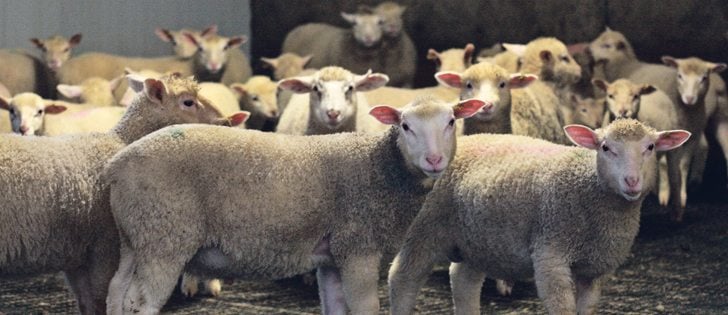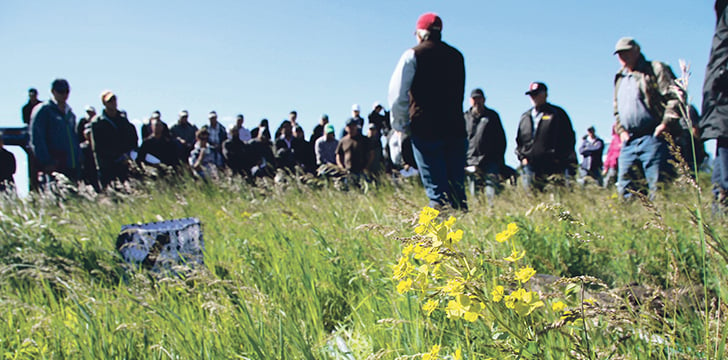Following a long-term study into selenium deficiency in horses, a University of Kentucky researcher is recommending owners read feed labels carefully and test for the trace mineral in homegrown feed.
“The first thing they should do is find out what the selenium status in their local area is, so that they will have an understanding if they are in a marginal area, a deficient area or an adequate area,” said Laurie Lawrence of the University of Kentucky.
Selenium levels vary between regions, so owners who have moved to a new location and feed animals in pastures or from locally produced grain should consider the soil composition, she said.
Read Also

Breaking down successful winter feeding into six steps
It’s that time of year when it is important to start planning for a cow herd’s winter feeding program. Here are six steps I think are necessary to consider when getting your feed tested.
The mineral helps protect against oxidative damage to the animal’s muscles and is especially a concern in active animals.
“Generally speaking, areas where you have a lot of rainfall and acidic soil, those tend to be low in selenium, because selenium leaches out of the soil,” said Julia Montgomery of the University of Saskatchewan’s Western College of Veterinary Medicine, who has also studied selenium.
Arid climates with alkaline soils can have the opposite problem, she added.
A selenium deficiency can show itself as white muscle disease in foals and calves but is harder to detect in adults. Too much of the mineral is toxic.
“And there’s a pretty small margin of safety,” she said.
“So if a horse lives in an area where it’s not quite clear exactly which of these categories it would fall into, my recommendation would be to test the selenium and decide whether it needs to be supplemented or not.”
Researchers in Kentucky studied the influence of selenium on horses’ immune systems by feeding a group of animals unsupplemented local feed to deplete levels of the mineral in their diets. The area tends to be low in selenium.
Lawrence said the horses’ selenium status fell to low levels after four to five months of local feed. The animals then received supplements.
The recommended intake of the mineral is 0.1 milligrams of selenium per kilogram of dry matter.
She said it took two months to get the selenium levels back to the normal range.
“It doesn’t happen in a week. It doesn’t happen in 10 days,” said Lawrence. “It takes a fairly long period of time.”
Montgomery said she has had success using a selenized fertilizer on pastures.
“If you have just a pasture pet or a recreational horse that doesn’t need any concentrate, that just eats hay or grass and the forage that they have available is low, that would be a way to supplement these horses,” she said. “Or they could just use a trace mineral block.”














